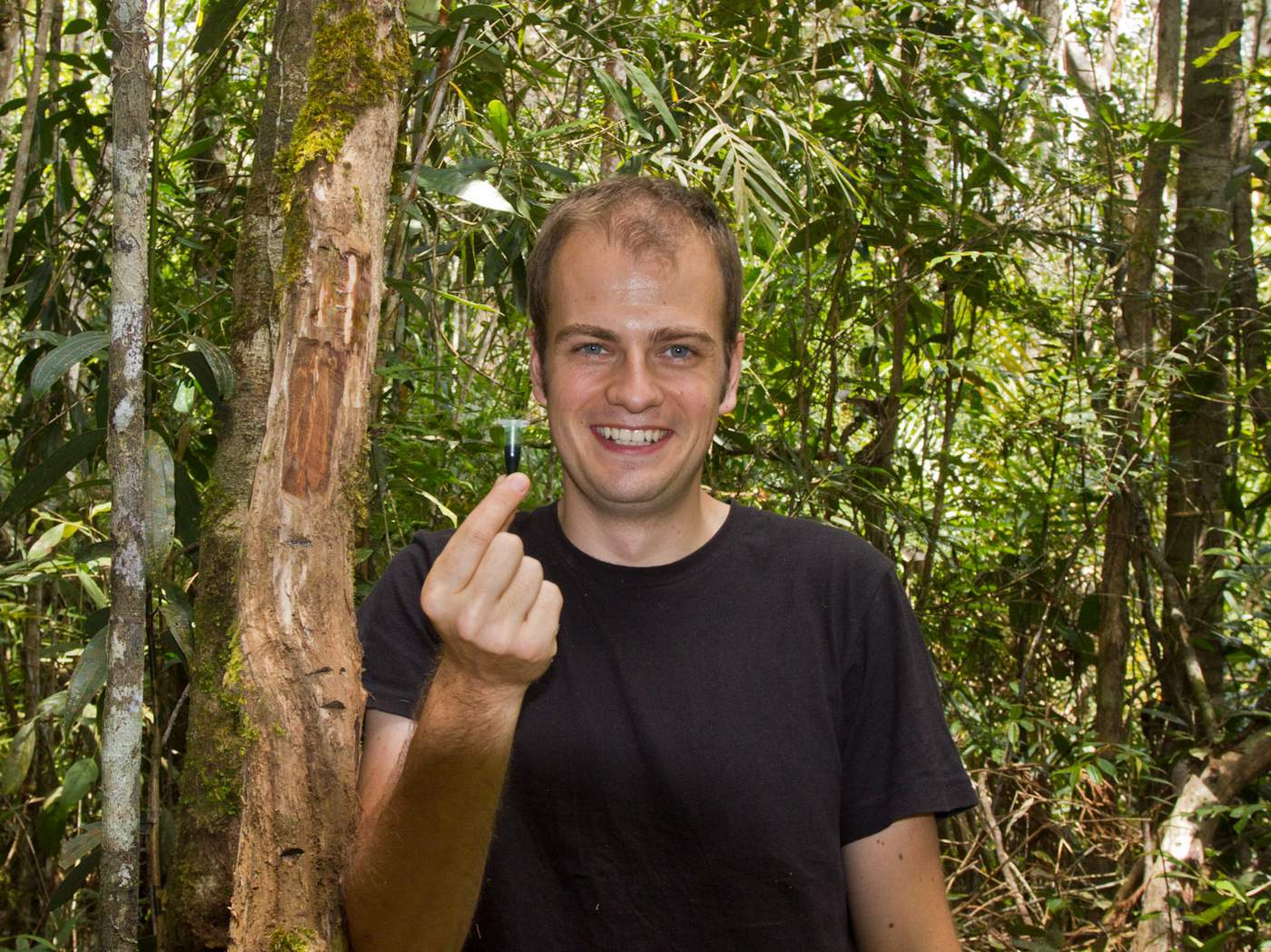
Metal crops or hyperaccumulator plants are unusual plants that have the capacity to accumulate high concentrations of certain elements...

Whether we realize it or not, many of us use lithium-ion batteries everyday. They could be powering your laptop, camera or smart phone, fueling the power-tools you use at home on the weekends, or if you’re lucky enough to own one, running your electric Tesla car.
Dr Antony van der Ent and Associate Professor Peter Erskine from UQ’s Sustainable Minerals Institute’s Centre for Mined Land Rehabilitation, are leading research on novel ways to extract critical elements, such as nickel and cobalt, needed for lithium-ion batteries and other high-tech demands.
Globally, ore grades are declining and it is becoming ever more difficult – and therefore costlier – to extract target elements. Dr van der Ent said the increasing demand for critical elements challenges conventional methods of resource extraction. For example, the massive uptake of lithium-ion batteries that use nickel and/or cobalt cathodes, such as those produced in Tesla’s Gigafactory, places further strains on the global demand chain. Agromining of so-called “metal crops” can provide a source of sustainably sourced nickel and cobalt with low environmental impact.

Metal crops or hyperaccumulator plants, explained Dr van der Ent, are unusual plants that have the capacity to naturally accumulate exceptionally high concentrations of certain elements in their biomass. Farming metal crops and harvesting their metal-rich biomass is called ‘agromining’. This innovative approach enables access to resources not accessible by conventional mining techniques and abundant low-grade sources of valuable elements.
Agromining could also benefit local communities, by providing new income opportunities for farmers in Indonesia and the Philippines where low-grade nickel sources are located. It can also be applied for cleaning of metal-polluted sites, including various industrial wastes. Hyperaccumulator plants are now known for elements that pose a major risk to human health, such as arsenic and cadmium, and for nutritional elements such as selenium and zinc. Applications of agromining therefore span from the remediation of pollution to the production of bio-sourced industrial metals and organic supplements for human consumption.
Hyperaccumulator plants are able to accumulate 4% nickel in their leaves, translating to over 300 kg of nickel per hectare per year in harvested biomass.
A unique characteristic of the bio-sourced nickel is the high purity affected by the metal crop, with the ashed biomass containing 20–30% nickel and few of the impurities usually associated with nickel ores. This makes these bio-ores ideally suited for specific applications, particularly the electrochemical industry producing rechargeable batteries.
Research at UQ’s SMI-Centre for Mined Land Rehabilitation has led to the discovery of 120 hyperaccumulator plants new to science. The search for more hyperaccumulator plants has been intensified in recent years by using advanced X-ray Fluorescence methods for mass-screening of herbarium collections. This has led to a significant increase in the global pool of known hyperaccumulator plants suited for a range of different climates and conditions, for use as metal crops.
Continue Reading on shorthand Go back to SMI Impacts
Contact: Antony van der Ent by e-mail: a.vanderent@uq.edu.au or Peter Erskine by e-mail: p.erskine@uq.edu.au
